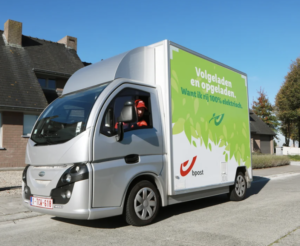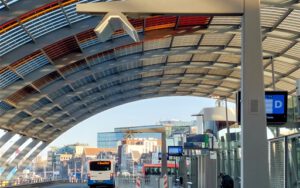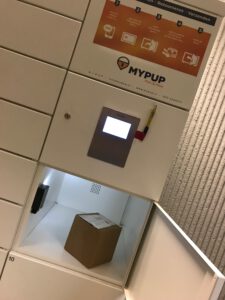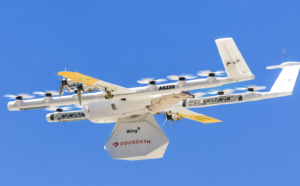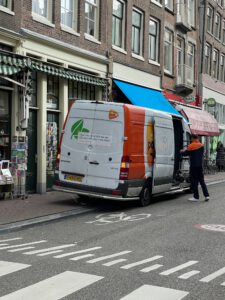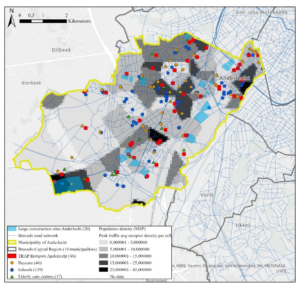The use of drones in city logistics: a case study
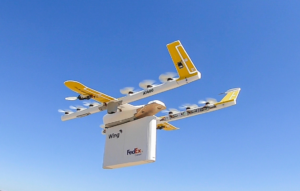
City logistics take a considerable part in urban transportation. Inevitably, the last mile deliveries are partly responsible for degrading the environment. Towards more environmentally friendly city logistics, using different means of transport has been tested; one among them is drones. A new paper aims better to understand the use of drones for last-mile deliveries. More …

